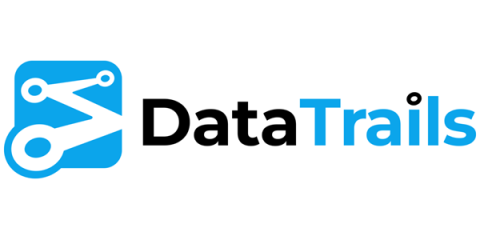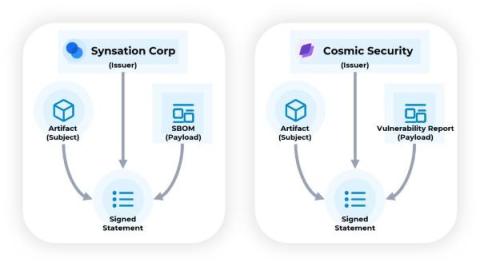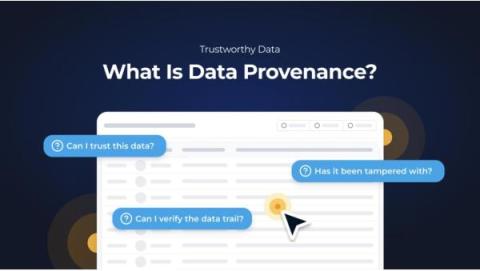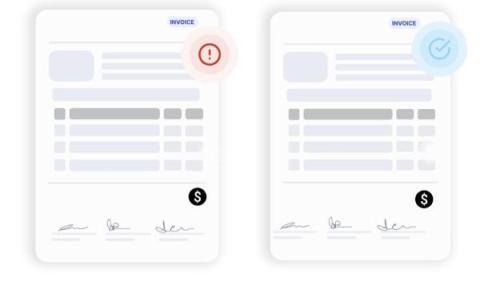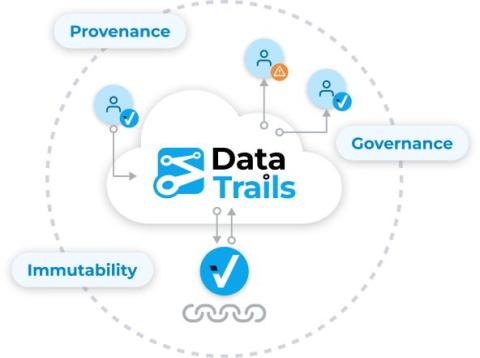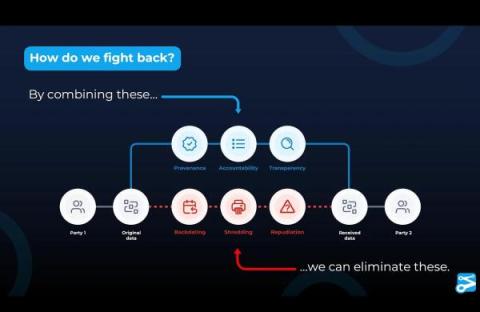Security | Threat Detection | Cyberattacks | DevSecOps | Compliance
Latest Posts
Immutable Ledgers: Recording Time-Sensitive Decisions and Knowledge
We Are Not A Blockchain Company
Creating DataTrails for Supply Chain Artifacts
Customize your Access Policies with DataTrails
What is Data Provenance?
How Transparency Can Stop Invoice Fraud
DataTrails: Sharing and Verifying Immutable Audit Trails
To share an immutable audit trail, you can do this with a link or a QR code that is automatically created when provenance and authenticity metadata is recorded in your DataTrails account. After you sign in to your DataTrails account on your smartphone, Anyone can use Instaproof or the DataTrails API to verify the authenticity, provenance and audit trails of public images.
Bringing Immutable Audit Trails to Dropbox
In the age of Gen AI, it is now apparent that we can no longer trust what we see and read. The fakers have the upper hand: while typical security approaches rely on scaling up teams, attacks scale at the press of a button. To safely move forward and realize the benefits Gen AI enables, we need a better trust model that adds integrity, transparency and trust to all data and a common provenance format that captures origin, authenticity and lineage information. We must verify data before we use it.
Detect Fakes and Prevent Misuse: Digital Content Integrity, Authenticity & Transparency
As supply chains continue to evolve and new Al technology becomes part of every business, traditional trust systems that rely on human interactions to verify and validate data will struggle to keep pace. Digital supply chain practices from media through software to physical goods must adapt to this changing global technology landscape. The innovations unleashed in GenAI have made it apparent that we can no longer trust what we see and read; we must verify data before we use it.



